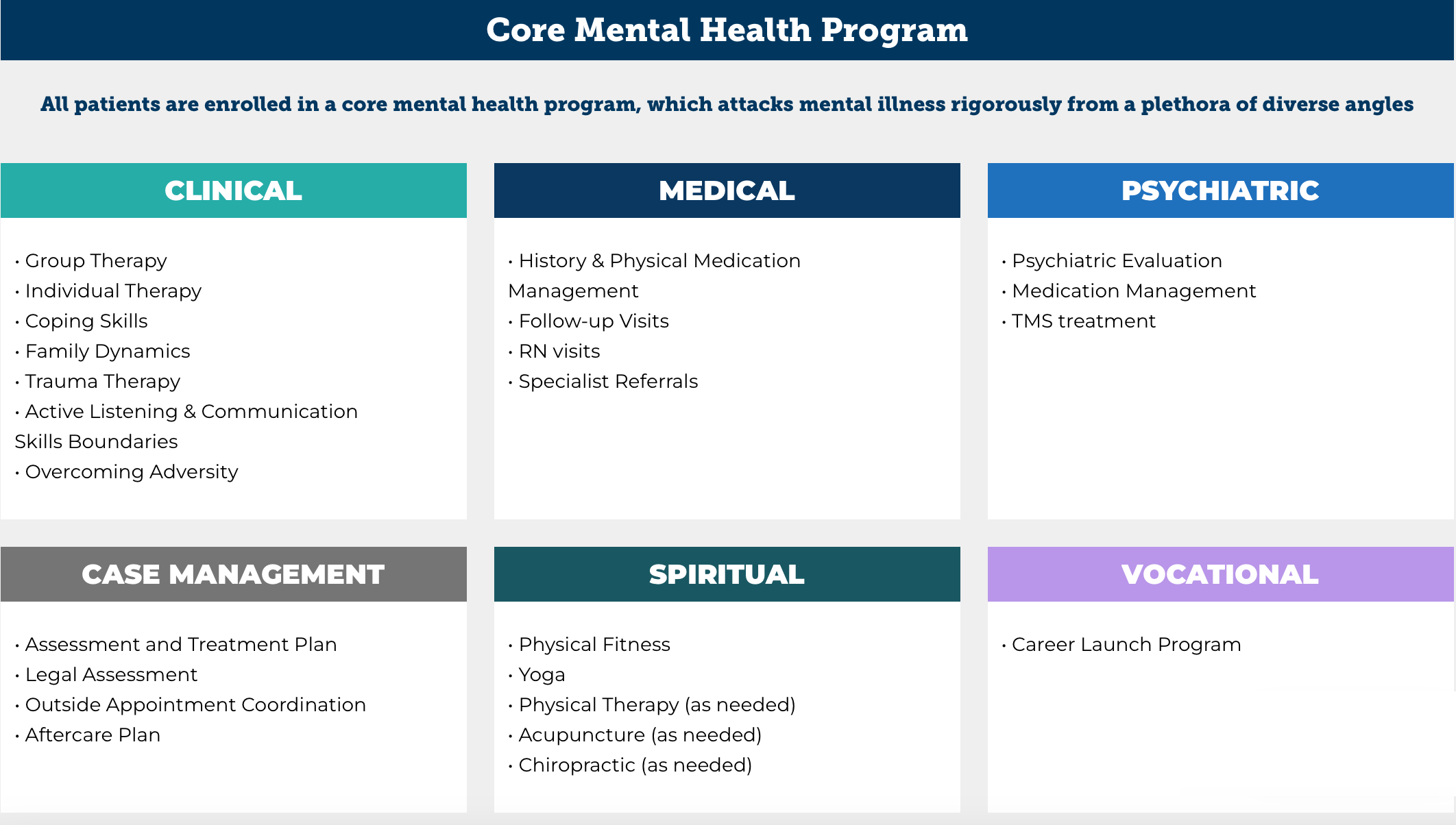Statistics Related to Medication-Assisted Treatment in Florida
Florida’s State Opioid Response (SOR) Project, managed by the Department of Children and Families, uses federal grant funds to address opioid and stimulant misuse through a comprehensive approach. Its main goal is to reduce opioid-related deaths by enhancing access to effective treatments, including buprenorphine and methadone maintenance programs.
The 2019 SOR Annual Report highlighted that 7,602 individuals received Medication-Assisted Treatment (MAT) funded by SOR, with 7,131 prescribed FDA-approved medications: 3,153 received methadone, 3,376 were treated with buprenorphine, and 602 received naltrexone. Florida has 122 opioid treatment programs, but the buprenorphine dispensing rate was just 2.9 per 100 people in 2022. Access to MAT is a nationwide challenge, especially in states without Medicaid expansion, like Florida, where low-income adults face additional barriers.
What Are the General Costs of Medication, Healthcare, and Living in South Florida?
Living in South Florida, including areas like Sanibel Island and The Palm Beaches, offers the appeal of a tropical paradise, but it’s essential to consider the general costs associated with medication, healthcare, and daily living. For example, substance use disorder medications can range from nothing out-of-pocket to hundreds of dollars, depending on factors like your insurance coverage and location.
Some South Florida cities have a higher cost of living, which can impact the overall expenses for medication and healthcare services, including addiction treatment. Opioid use disorder treatment, which often includes medications like methadone or buprenorphine, may be more expensive in cities like Key West, for instance. The island’s remote location can lead to higher prices for both living expenses and medical care.
Many areas offer state-of-the-art facilities and top-tier medical professionals, but these benefits often come with a higher price tag. If you seek treatment in such cities, it’s essential to consider the potential costs and whether your insurance coverage is adequate to manage them.
According to the Bureau of Economic Analysis, the average annual cost of living for a person in Florida is approximately $50,689 per year, equating to about $4,224 per month. Exploring your treatment options is crucial, as costs can differ significantly across South Florida. By understanding these factors, you can make informed decisions about where to seek treatment and how to budget for your recovery.












